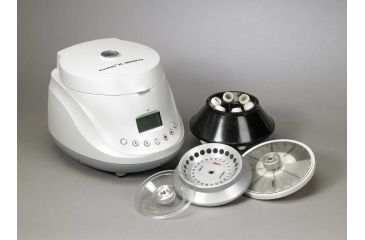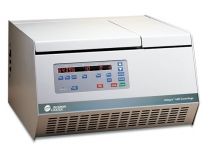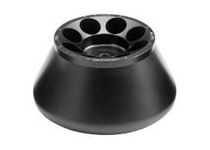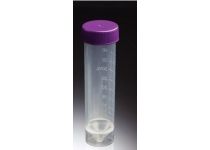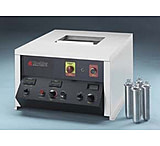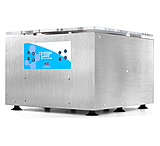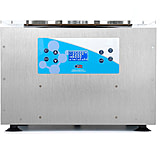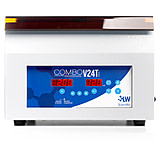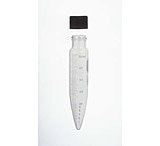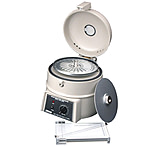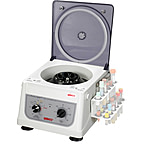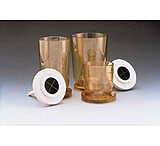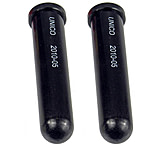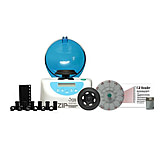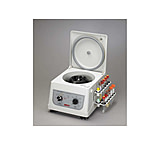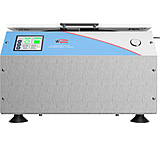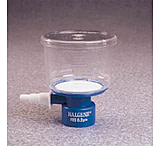We have all experienced centrifugal force* at spinning carnival rides, the force that pushes us back in our seats or keeps us from falling when the bottom drops away. The force that removes the water from our clothes in the spinning washing machine is the same. This force separates components in a sample by forcing the heaviest particles in the sample to the bottom of the centrifuge tube.![]()
A centrifuge is an instrument for spinning samples to separate the components of the sample by their densities. The parts of a centrifuge include the motor, the rotor, and a refrigeration unit (for refrigerated centrifuges). The samples are placed in tubes specific for use in centrifuges. These centrifuge tubes are then placed in the rotor. The rotor is balanced and round and has holes arranged around the axis of spin. These holes hold the centrifuge tubes.
The motor spins the rotor at high speeds; from 300 rpm to 100,000 rpm.
The speed of a centrifuge is expressed in both RPMs - revolutions per minute, and in RCF - relative centrifugal force. RCF has the unit x g or times the force of gravity at the earth's surface. RCF is related to RPM by the distance from the sample to the center of the centrifuge rotor. The further the distance from the center of spin the higher the RCF at a given RPM. For a better explanation of RCF vs. RPM please see the LabPlanet Blog of May 6, 2011.
*Centrifugal force is not a real force; it is the interaction between the tendency of an object in motion to stay in motion, inertia, and the centripetal force holding the sample in place:
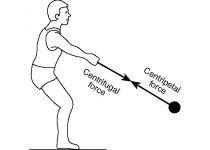
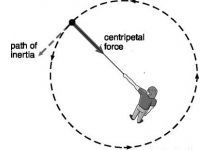
Parts of a Centrifuge
- Housing - The Housing holds the motor, the rotor, and the refrigeration unit if applicable
- Motor - The motor provides the power to spin the sample in the rotor
- Refrigeration Unit - Some centrifuges are refrigerated, a compact refrigeration unit is included in these centrifuges
- Rotor - The rotor holds the centrifuge tubes. The size of the holes in the rotor is designed to handle standard centrifuge tubes
- Adapters - used in the rotors to reduce the size of the holes. The adapters provide the necessary support for smaller tubes.
- Centrifuge tubes - Centrifuge tubes are designed to withstand the forces produced by the centrifuge. The sample is placed in the tubes and the tubes are placed in the rotor
